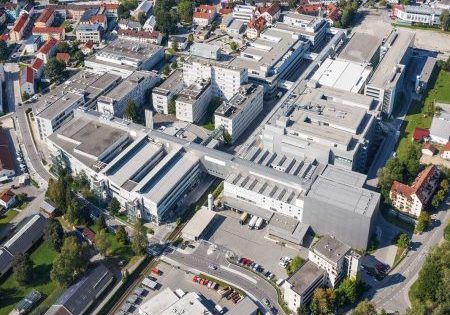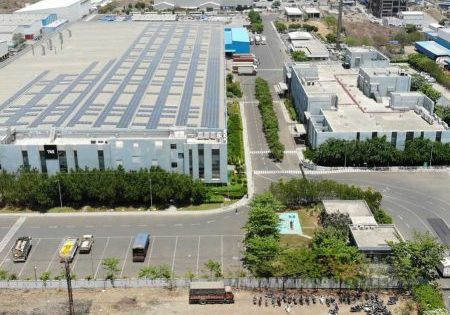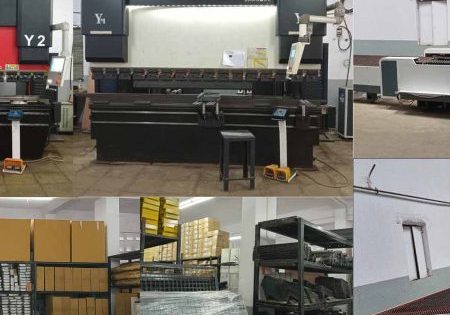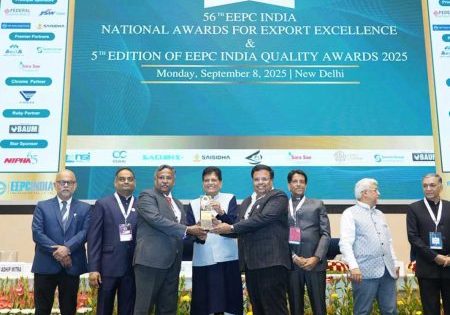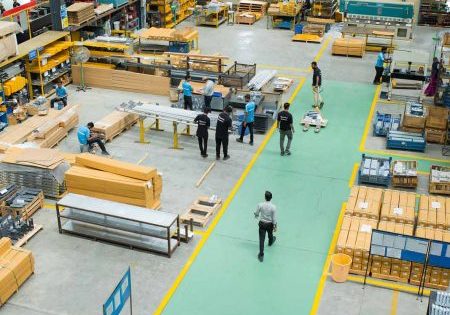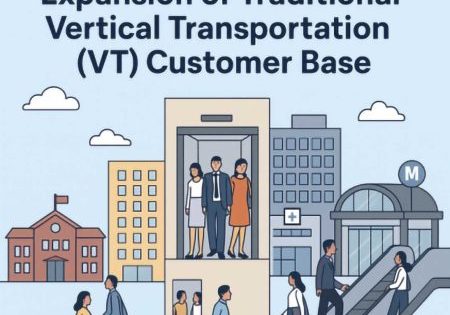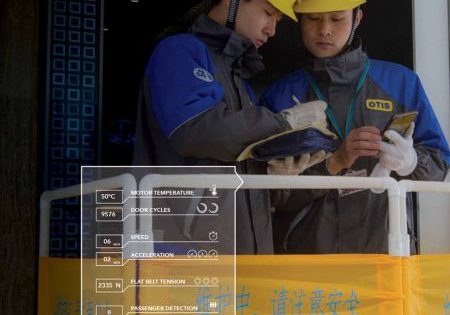Extending the Elevation Equation Even Further
Oct 1, 2025
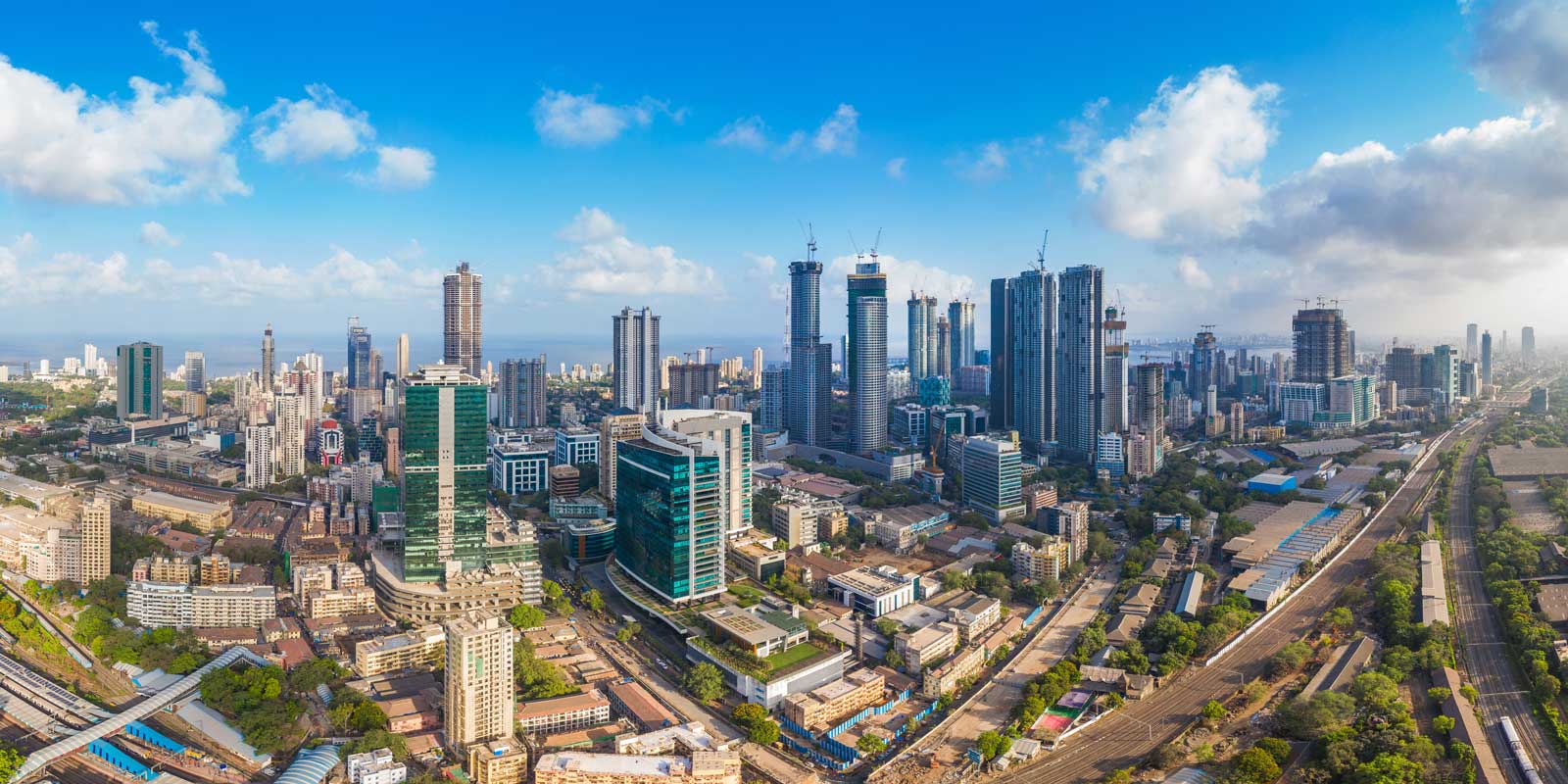
Vertical transportation (VT) has long been synonymous with urban skylines, closely associated with high-rise towers and dense urban cores. But today, the blueprint is changing. As India’s development story grows more complex, the demand for elevators and escalators is no longer confined to vertical cityscapes. It is expanding into broader terrain, marking a decisive shift — from exclusively serving vertical towers to enabling movement in far more varied spaces, including metro stations, railway terminals, bungalows, villas and low-rise communities.
This shift is reflected in the content theme for this issue of ELEVATOR WORLD India magazine — Focus on Demand Drivers: Expansion of Traditional VT Customer Base. Leading VT industry members and professionals from related sectors have shared their insights on the ramifications of this growing trend.
Public infrastructure is emerging as one of the most influential drivers of this growth. As metro rail networks expand, airports modernize and railways undertake large-scale station redevelopment, the demand for high-capacity, reliable VT systems is rising sharply. These are not just utilitarian additions; they are essential components of complex, high-throughput mobility ecosystems. From crowd control to accessibility, the stakes are high, and the requirements are rigorous. For VT stakeholders, this shift is both a logistical challenge and a business opportunity.
At the same time, a quiet transformation is unfolding in low-rise residential spaces. Elevators in bungalows, duplexes and second homes are no longer seen as symbols of luxury. They are being embraced as enablers of convenience, wellness and aging-in-place. As families plan for multigenerational living or simply seek future-ready solutions, personal lifts are fast becoming practical essentials in low-rise living.
This broadening customer base calls for nuanced thinking. Infrastructure deployments require rugged, regulation-compliant systems that can perform under pressure, while residential elevators must offer compact designs, low noise, energy efficiency and a degree of aesthetic adaptability.
The growth of VT into these “non-traditional” spaces signals a new chapter, one where vertical mobility becomes horizontal in its reach. As the elevator finds its way into a wider variety of spaces, the industry has a rare opportunity: to become integral not only to how India builds, but to how India moves.
Because today, it’s not just about who’s going up — it’s about where, why and how many more are joining the ride.
Get more of Elevator World. Sign up for our free e-newsletter.


